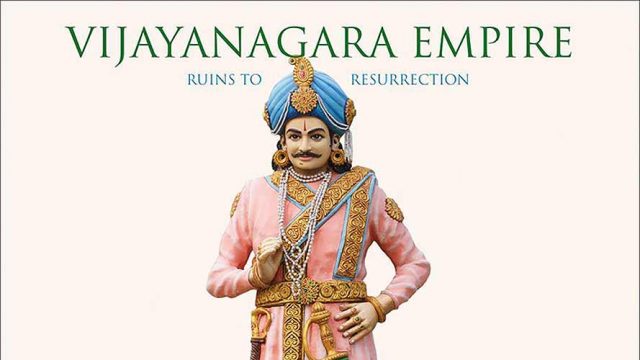Anybody who has ever been to Hampi, and has spent a few enchanted days wandering about the marvellous ruins of the erstwhile capital of the Vijayanagara kingdom (1336-1614), will recognise the frustrating emotion that I experienced of the near-impossiblity of carrying home any more substantial visual memento than a few hundred selfies for the old Facebook page. The archaeological site is simply too vast and complex — with its layers and layers of history and mind-boggling vistas, combining immense architectural richness with its dreamy setting — for a non-ace lensman to pack it all into a camera’s viewfinder.
That’s where the Magnum photographer Raghu Rai’s new coffee table book Vijayanagara Empire makes a tourist’s life easier, as he has performed the feat of documenting much of the Hampi area. Over photographic journeys made in the 1970s and 1980s shooting with black and white film, and in the early 2010s with digital equipment that captures the colours of the sacred and the profane, he has collected some stunning images, ranging from structural details and sculptural art (including a few items of erotica I must have missed when I went there) to the drama of the rocky milieu peopled by hardy villagers, otherworldly holy men and even the odd meditating tourist. It is all there in the pages of this book and while browsing through it, I was transported back to my latest visit to Hampi, almost as if I were walking through the ruins again. The mysterious Lakshminarasimha monolith, the grand elephant stables, the Lotus Mahal in its full glory, the famous stone chariot, the Hazararama temple wall carvings and many other temples, proud pavilions and majestic gateways …the photographs are so well reproduced that one can almost feel one is touching the sun-warmed stone surface, as one’s fingers trace the contours of some carving or the other.
The nearly one hundred images are organised in series of landscapes, ruins and excavations, people, and so on, offering a multifaceted vision of a lost world. Some brief, informative accompanying notes can be said to be sufficient for the lay reader, although, considering the greatness of Hampi, one might have wished for little more detailed texts and perhaps a foldout map to place the sights in a geographical context. But no, I won’t complain, this is a lovely book.




